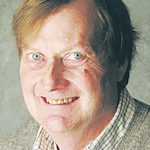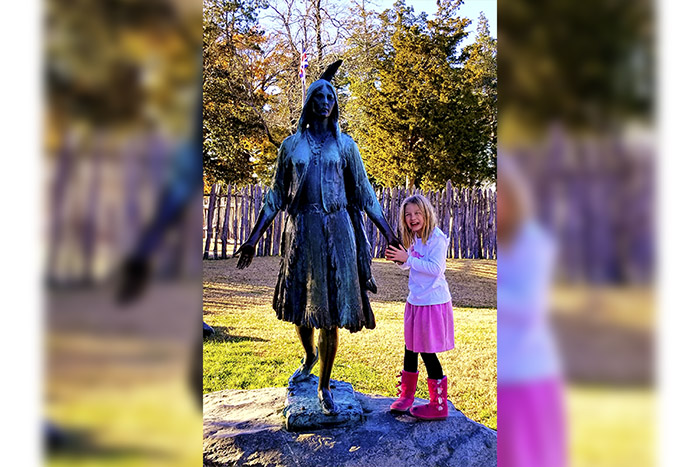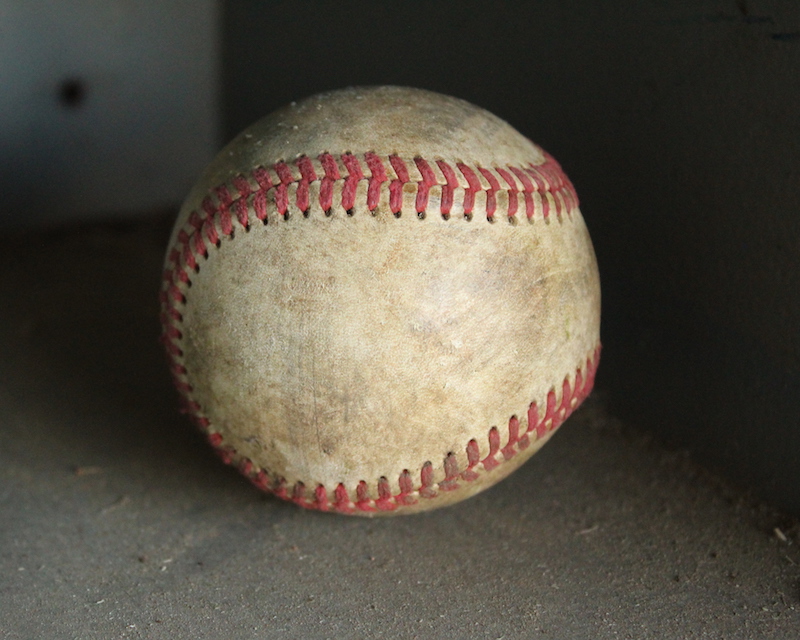
Last week I was in Alexandria, Virginia, for a family visit. It turned out my granddaughter’s school class was studying the Indians of Virginia. We had planned on spending a few days in Yorktown sightseeing, and so the timing was perfect for a side trip to Jamestown.
We started our exploration of Virginia’s “Historic Triangle” at Yorktown. We had been to Williamsburg several times but had never spent much time in Yorktown. Yorktown calls itself “one of Virginia’s best kept secrets,” and it is.
Yorktown was founded in 1691 as a seaport on the York River and is most famous for battles there during the American Revolution and Civil War. It was at Yorktown in 1781 British General Cornwallis surrounded to George Washington after a siege and climatic last major battle of the Revolutionary War.
We found Yorktown to be a real gem. Though smaller and less developed than Williamsburg, it was just as beautiful a setting and just as interesting. It did not have all the living history but is a living small town. It does not have the crowds we had found in Williamsburg and retains its small-town atmosphere. Rather than a living history destination it is a place where history still lives.
Our second day we made the short drive over to Jamestown Settlement and Jamestown Island. Jamestown Settlement which is operated by the Commonwealth of Virginia is a living history site with a recreation of 1607 James Fort, a Powhatan Village and full-size seaworthy replicas of the three ships that carried the first settlers to Jamestown in 1607.
The Powhatan village was especially interesting with interpreters explaining and demonstrating everything from Native American food preparation to the making of clothes. Several of the Indian dwellings had been recreated forming a living history village. This especially held the interest of my grandkids, Harper and Sykes, because we had a Powhatan ancestor 14 generations back who had lived there.
From the Jamestown Settlement we drove just down the road to Jamestown Island which is partly a National Park and partly owned and maintained by Preservation Virginia. We had been to Jamestown four years ago, but much archaeological work since then has exposed much of the original site. Under the floor of the c 1617 church, upon which site the Memorial Church was built in the 1890s, was found the gravestone of an English Knight. Within the foundation of the 1608 church several graves that were found can even be associated with the names of early colonists.
Harper had once asked me if she had any Indian ancestors. She also asked if I knew who Powhatan was. I told her yes, that he was the leader of the Indian nation where Jamestown was settled in 1607. I then told her he was her grandfather 15 greats back and that Pocahontas was her grandmother 14 greats back.
When the English arrived in 1607 at the site that became Jamestown, it was part an Indian nation known as Tsenacommacah. The nation was ruled over by a powerful chief, Powhatan (1547-1618), who was also known as Wahunsonacock. He is said to have had more than 100 wives, though the names of only about 13 are known. Period accounts say Matoaka — also known as Pocahontas (1595-1617) — was his favorite daughter.
Pocahontas actually did befriend John Smith but it was John Rolfe (1585-1622) who she married in 1613. She returned with him to England where she died in 1617 and was buried at Gravesend east of London. They had one son, Thomas Rolfe. I have an early 1800s English painting that was passed down through the family. It is titled “Scene at Gravesend”.
I always thought it was neat to be descended from Pocahontas. My great-aunt Marcella Billups Richards had a family Bible from 1804 in which family information going back into the early 1700s had been recorded. In the 1930s she helped with a book on the history of the Sykes family and had traced back through her mother, Ida Sykes, and then the Rives, Eldridge and Bolling families to John Rolfe.
When the Disney Pocahontas feature was released, there was a newspaper article mentioning plans for a grand reunion of the descendants of Pocahontas. I recall hearing or reading nothing else about the reunion until about a month later. The new article said plans for the reunion ended when genealogists said if you go back more than 10 generations, there are probably well over 200,000 living descendants of a person. If that is correct, then we all have an awful lot of unknown cousins running around.
Actually, the bottom line is everyone is descended from some famous person. The only difference is whose family kept a record that goes back more than a few generations. If your family tree is incomplete, have some fun digging. Who knows what or who you might find? There are a lot more records out there than people realize, and many of those records are now online. Everyone has some famous person who is in their family tree. It’s just a question of whose family kept a record, oral or written, of their story. And in Jamestown Harper got to go and hold hands with her grandmother of 14 generations back, even if it was only a statue.
Rufus Ward is a local historian.
Rufus Ward is a Columbus native a local historian. E-mail your questions about local history to Rufus at [email protected].
You can help your community
Quality, in-depth journalism is essential to a healthy community. The Dispatch brings you the most complete reporting and insightful commentary in the Golden Triangle, but we need your help to continue our efforts. In the past week, our reporters have posted 37 articles to cdispatch.com. Please consider subscribing to our website for only $2.30 per week to help support local journalism and our community.




